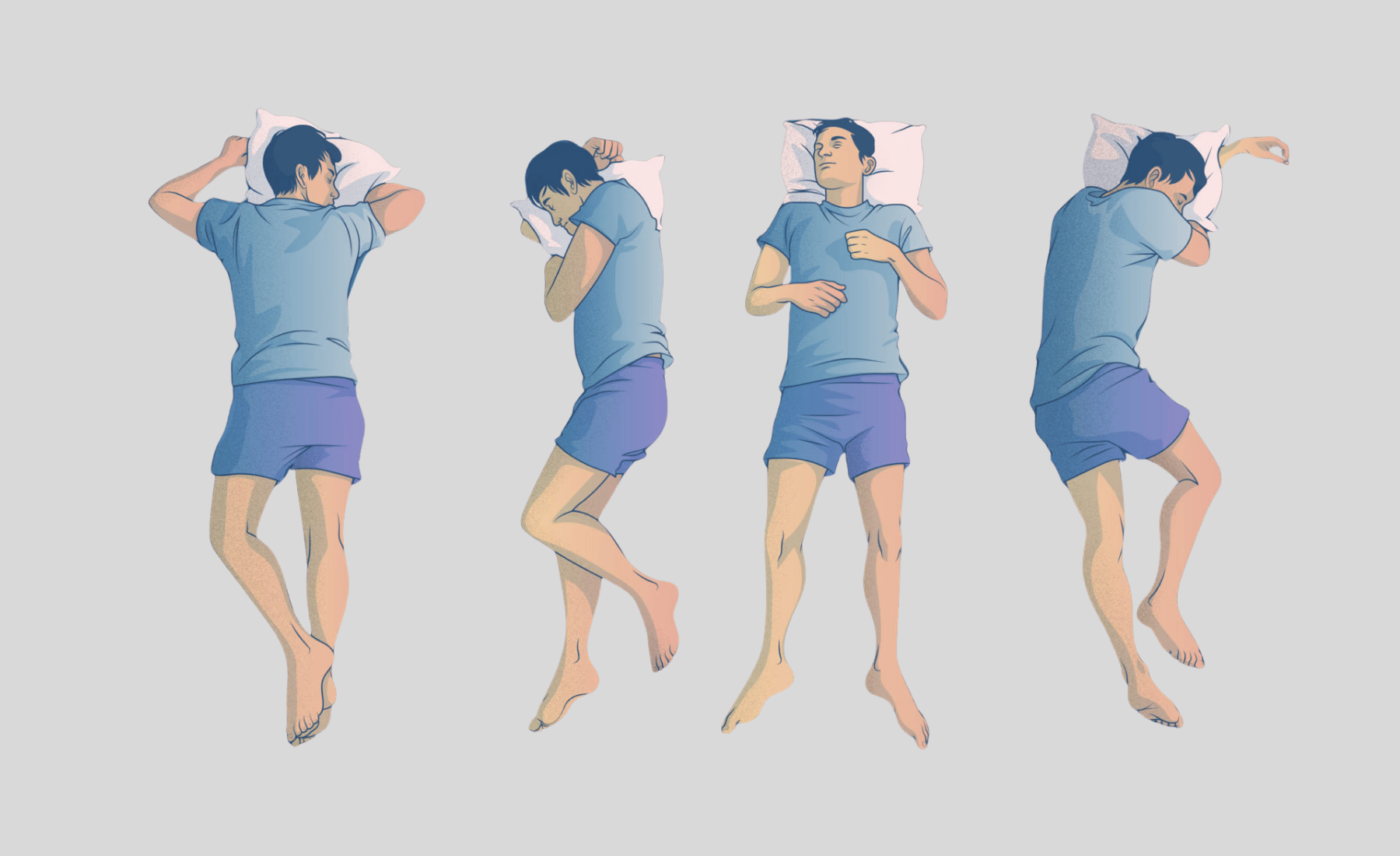Stomach cancer, also known as gastric cancer, develops when abnormal cells begin growing uncontrollably in the lining of the stomach. While it’s less common in
Read MoreEveryone does it, yet it remains one of the most awkward topics in polite conversation. Flatulence, or passing gas, is a completely normal biological process
Read MoreEvery night, you spend roughly one-third of your life in bed, yet most people never consider how their sleeping position might be silencing affecting their
Read MoreColon cancer remains one of the most commonly diagnosed cancers in Europe and the United States, yet many people overlook its early warning signs until
Read MoreNestled under your right rib cage, your liver is a powerhouse organ performing hundreds of vital functions. It filters toxins, metabolizes nutrients, produces essential proteins,
Read MoreWelcome to WordPress. This is your first post. Edit or delete it, then start writing!
Read More




